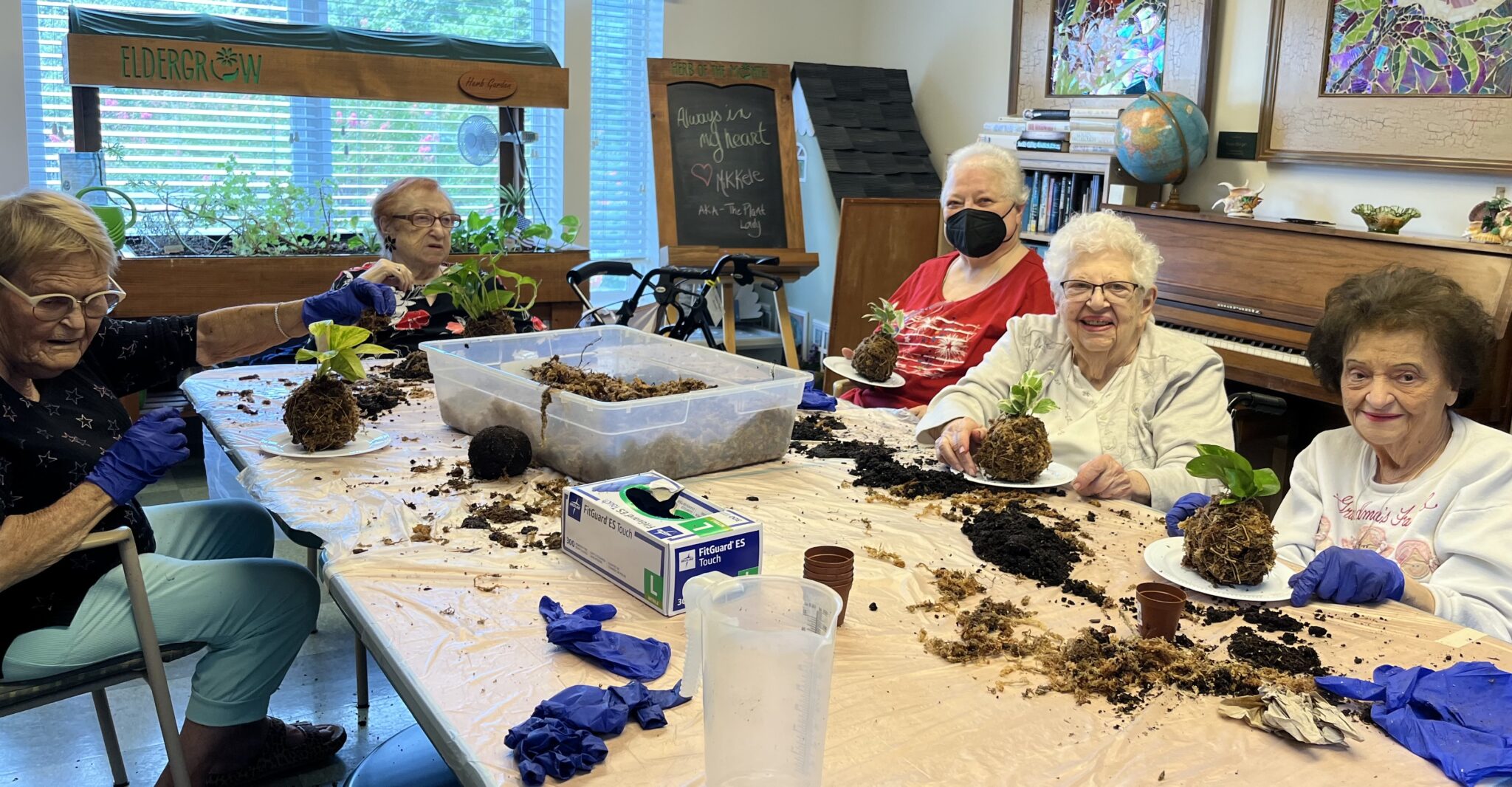By Heidi Clayton
I received a phone call from a family looking for an “English cream” retriever breeder believing that this color was a different breed than the golden retriever. Here is a brief history and breed description, as well as tips on how to find a reputable breeder of a healthy golden.
The golden retriever can be traced back to one man who wanted to create an ideal gun dog in the Scottish Highlands. Lord Tweedmouth mixed his yellow retriever with the now-extinct Tweed Water Spaniel to create what is now the golden retriever. Between the years 1840-1890, he kept detailed breeding records of his dogs which later arrived in the United States at about the turn of the century via Canada. Today, the golden ranks #3 of 200 in the AKC’s list of popular dogs.
Listed in the Sporting Group, the golden retriever should possess a temperament of being “friendly, reliable, and trustworthy.” They should never be shy, timid, nervous, or aggressive. They excel at all levels of activity from obedience to agility, and from the show ring to swimming.
Also, there is only one breed of golden retriever. The cream color has always existed in the golden retriever breed with various shades from lighter to darker gold being produced within the same litter. The AKC describes the color as being a “rich, lustrous golden of various shades.” A good breeder will never focus on producing a specific color other than golden but rather focuses on breed health and testing their dogs prior to breeding.
My friend and excellent golden retriever breeder Lyndsay Halligan of “Rose Tree Golden Retrievers” provides the following advice on how to find a reputable golden breeder. A great place to start is to visit the Golden Retriever Club of America’s web page at grca.org, which offers just about every single detail available on the golden retriever including email contacts to find a breeder or a rescue.
A reputable golden breeder will not breed any animal under 2 years of age and will have completed health testing with verified results prior to any breeding. When looking for a puppy, you should ask to see OFA-verified certifications that the parents are free from hip, elbow, heart, and eye diseases or defects. If the breeder can not provide a link via ofa.org that their breeding stock has been health tested, you should avoid purchasing a puppy from them.
She also suggests that you look for a breeder that is “proving” their dogs. This means that they participate in activities such as agility, obedience, hunting tests, and shows, or they participate in golden retriever clubs which take an active interest in preserving the golden retriever dog. Avoid breeders who claim that they breed as a “hobby.” I have seen so many goldens in my training business that have shy and scared temperaments but also have had significant elbow, knee, and hip issues that required surgery. A hobby breeder, who says they just like goldens and are simply selling dogs without ensuring health, is simply in it for the money and should be avoided to avoid costly health issues.
Finally, Halligan adds that goldens make amazing family companions and are versatile dogs that can fit into many lifestyles. Many reputable breeders keep a waiting list for puppies, and you might not get a good one right away. Having patience and avoiding fad breeders or puppy mills will ensure that you get a stable, trustworthy, and most importantly healthy family dog.
If you have any questions, please feel free to email me at heidi@fouronthefloordogtraining.net.
Heidi Clayton started Four On the Floor Dog Training to provide positive, reward-based dog training in South Jersey. She breeds, trains and shows bull terriers under the SoraBully’s Bull Terriers kennel name. Email questions to heidi@fouronthefloordogtraining.net or learn more at https://fouronthefloordogtraining.net










